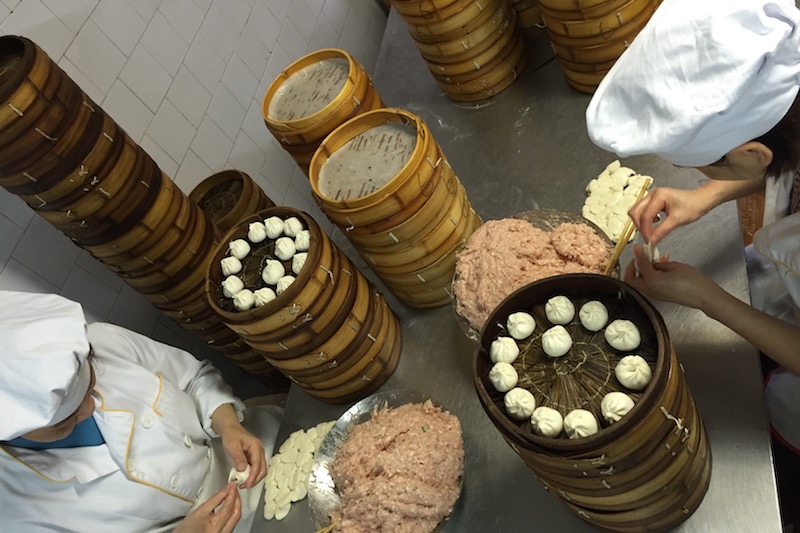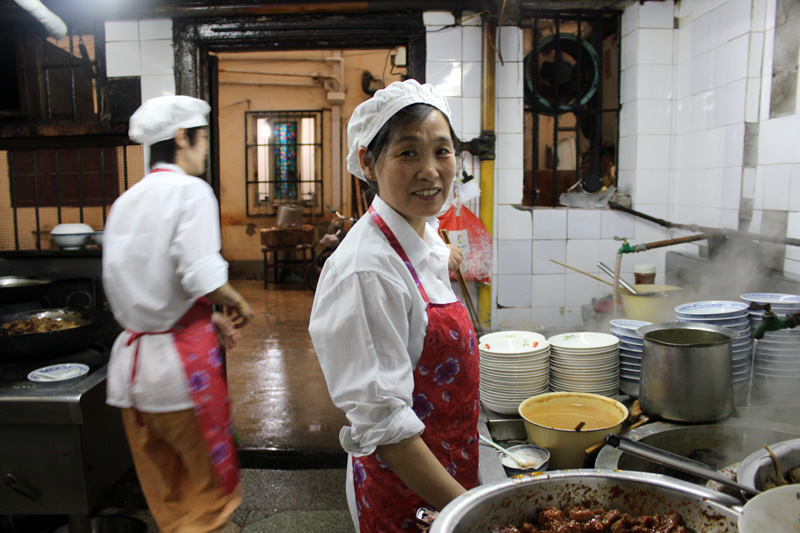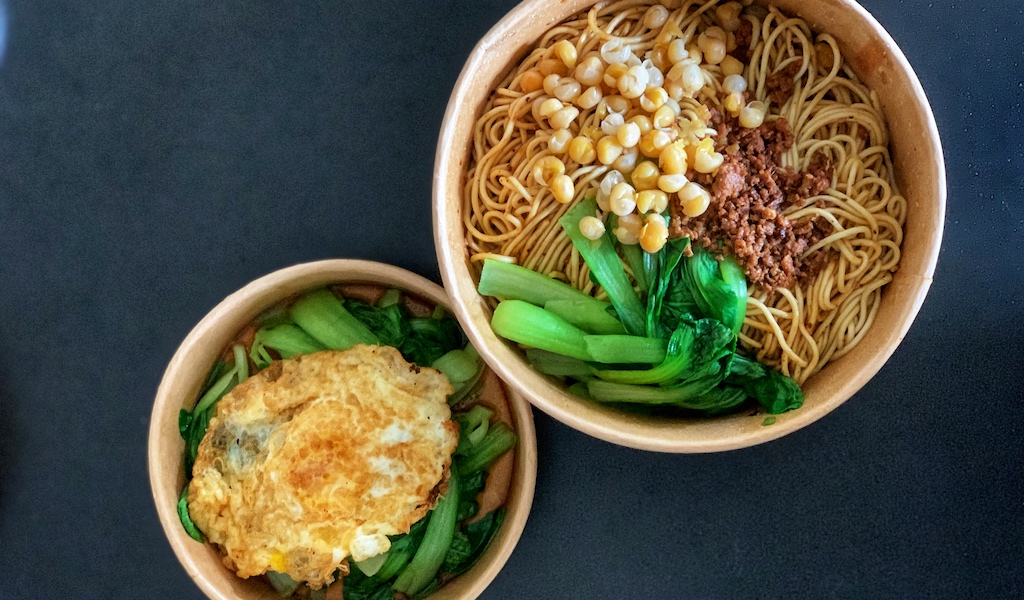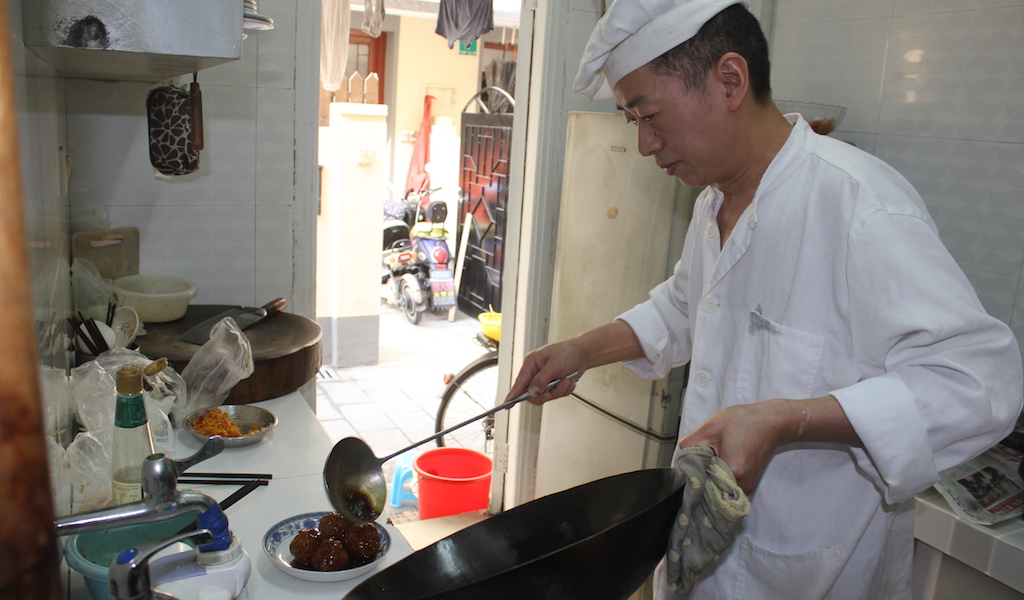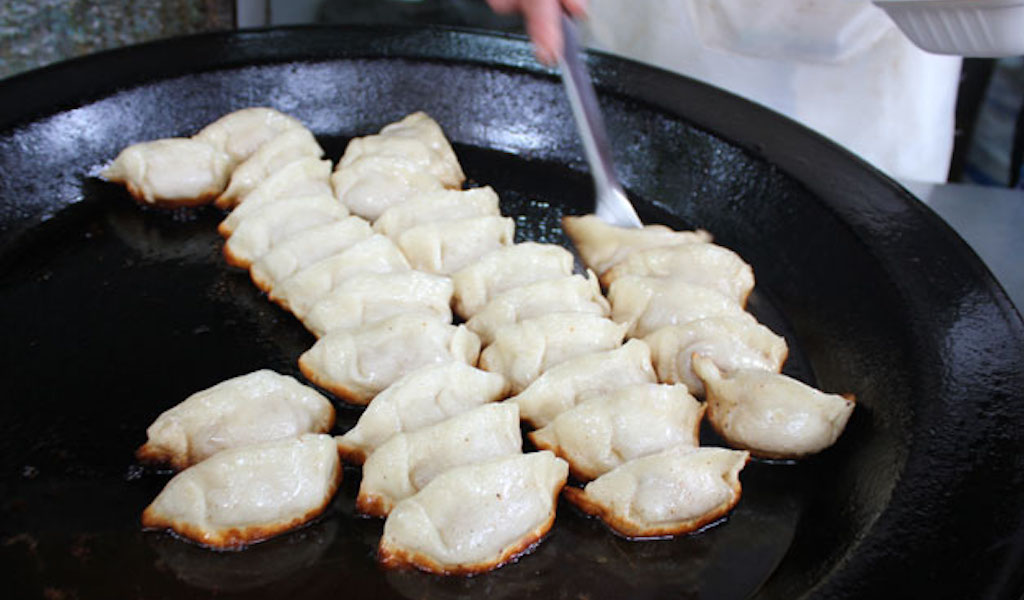We can't find the internet
Attempting to reconnect
Something went wrong!
Hang in there while we get back on track
Search results for "Kyle Long"
Shanghai
Take a Bao: Shanghai’s Top 5 Soup Dumpling Restaurants
Xiaolongbao first appeared around 1875, during the Ming Dynasty, in Nanxiang, a village on the northwestern outskirts of Shanghai. As the story goes, a vendor selling dry steamed buns decided to innovate due to stiff competition. Legend also suggests, however, that he copied the giant soupier dumplings from Nanjing. Whatever the case, there are several regional varieties of soup dumplings today, including Nanjing-style, which are actually called tāngbāo (汤包), literally meaning “soup bun,” and traditional Shanghainese xiǎolóngbāo, which have heartier wrappers that contain a larger pork meatball in a sweeter pork soup. Here are five of our favorite spots in Shanghai for soup dumplings of all strips.
Read moreShanghai
Lotus Eatery: Minority Cuisine Report
Ever since former President Deng Xiaoping opened China’s economic doors to the rest of the world starting in 1979, foreigners wishing to do business in China have had to find a local partner to form a joint venture company. Though no longer a hard-and-fast requirement, that’s still the modus operandi at Lotus Eatery, where a founding partnership brings together the best of both culinary worlds: unusual yet authentic local flavors and distinctly foreign notions of consistent quality and attentive service.
Read moreShanghai
Top 5 French Concession Noodle Joints
The relative abundance of heritage architecture and mixed zoning in the former French Concession neighborhood (technically the Xuhui district) has left a legacy of nooks and crannies where a number of mom-and-pop noodle shops are able to withstand the test of time and pressures of a fast-changing economy. Luckily, enough noodle lovers are still craving the classics and will queue up to support their favorite local haunts. Our top five picks can get crowded, but if you avoid the main lunch rush from noon to 1 p.m., you shouldn’t have to fight (too hard) for a seat.
Read moreShanghai
Take a Bao: Shanghai’s Top 5 Soup Dumpling Restaurants
Xiaolongbao first appeared around 1875, during the Ming Dynasty, in Nanxiang, a village on the northwestern outskirts of Shanghai. As the story goes, a vendor selling dry steamed buns decided to innovate due to stiff competition. Legend also suggests, however, that he copied the giant soupier dumplings from Nanjing. Whatever the case, there are several regional varieties of soup dumplings today, including Nanjing-style, which are actually called tāngbāo (汤包), literally meaning “soup bun,” and traditional Shanghainese xiǎolóngbāo, which have heartier wrappers that contain a larger pork meatball in a sweeter pork soup. Here are five of our favorite spots in Shanghai for soup dumplings of all strips.
Read moreShanghai
Best Bites 2019: Shanghai
In Shanghai, robot restaurants (and grocery stores) were all anyone could talk about in 2019. Well, that and bubble tea shops. But we love that there are still thousands of mom-and-pop restaurants serving traditional foods that are handmade and well loved, if you know where to look. So next time, skip that trendy, US$100-a-head hotpot joint where you still have to queue for an hour after your reservation has passed, and try your local noodle joint. Of course, you’ll probably scan the QR code on your table to order (and pay), and you won’t even chat to the staff until they put your dishes in front of you – after all, it is 2019 in one of the most tech-forward cities in the world.
Read moreShanghai
Table for One: Dining Solo in Shanghai
It only took three years for Alibaba’s made-up shopping holiday on Singles Day, originally a joke celebration created by students in Chinese universities in the 1990s, to exceed Cyber Monday and Black Friday’s sales figures – combined. Since 2009, massive discounts have been offered annually on November 11 (11/11 – one is the loneliest number, after all). In 2019, sales on Alibaba topped US$38 billion in a 24-hour period, blowing last year’s record – US$30 billion – out of the water. In case there’s any doubt as to the importance the company places on the date, this year Taylor Swift performed at the gala evening that coincided with the day’s online sales activities.
Read moreShanghai
Yang Yang’s Dumplings: The Other Yang
Search online for Shanghai’s best fried dumplings, and you’ll come up with hundreds of results extolling Yang’s Fried Dumplings. Though it was once just a humble shop sandwiched between the Bund and People’s Square, the online renown and ensuing crowds have propelled the brand into chain-store ubiquity, populating new malls and shopping streets with fervor. In essence, they’ve become the Starbucks of dumplings; you’re going to get a relatively consistent product, but come on, you can do so much better! Enter Yang Yang’s.
Read more